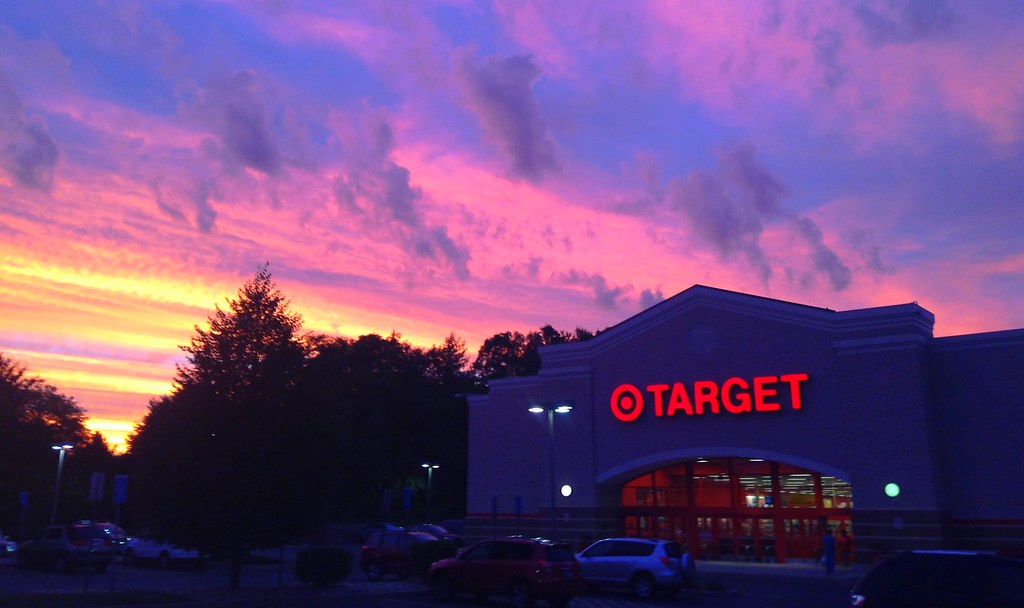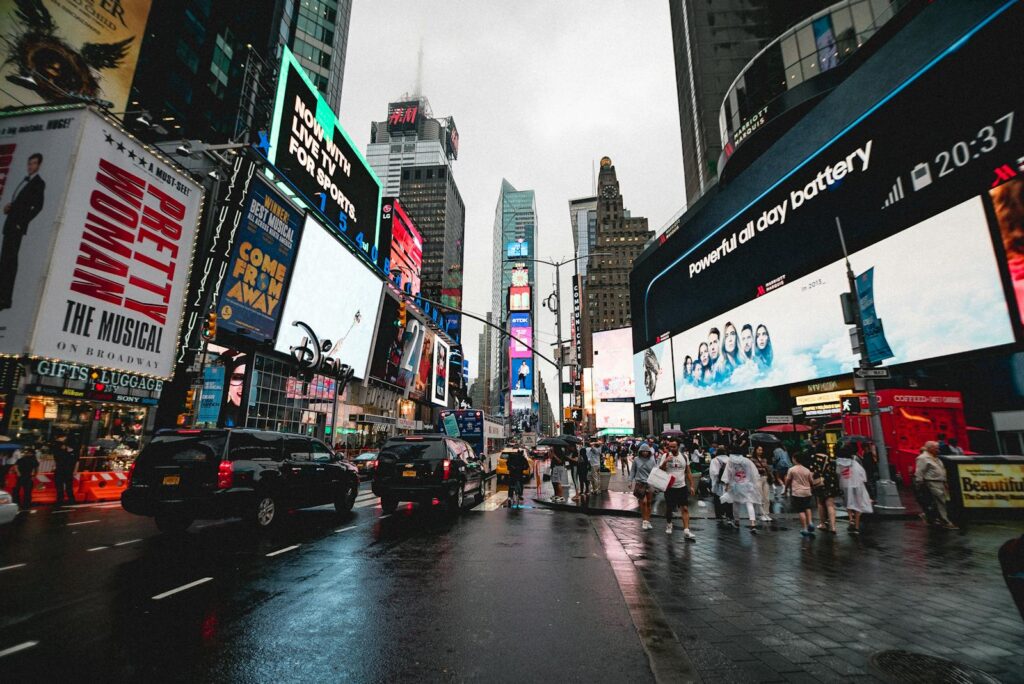
Retail theft has become a major hurdle for businesses nationwide, with many retailers pointing to rising losses and safety concerns as key reasons behind tough choices, including shutting down locations. This situation has ignited a wider conversation, marked by conflicting views on the actual extent and consequences of the issue. While some narratives paint a picture of a retail landscape drastically altered by theft and organized crime, others argue that the problem might be exaggerated, potentially overshadowing other economic challenges facing the retail industry.
Shoppers are also directly experiencing the effects of this trend. Recent data suggests that nearly half of Americans have adjusted their shopping routines due to widespread closures and the implementation of anti-theft measures. These tactics, such as securing items behind locked displays or conducting receipt checks, are designed to deter theft but have, in turn, impacted the customer experience.
A survey commissioned by The U.S. Sun, polling one thousand Americans, shed light on these evolving habits. It found that 48% of respondents view self-checkout favorably, a practice that gained traction during the pandemic and has continued, sometimes to the frustration of shoppers. More significantly, the survey explored the impact of security measures on accessibility.
About 16% of those polled reported being unable to retrieve an item they needed because it was locked up during their last shopping trip. While locking up expensive goods has long been common, retailers are now increasingly placing even essential items like vitamins, deodorant, and underwear behind glass. This requires customers to wait for an employee, adding considerable time to what might have been a quick errand.

Frustration over these measures is palpable among some shoppers. One individual shared on social media, “A lot of people used to see Target as a way to unwind and discover new products.” They added, “But now it feels like I’m BEGGING y’all to spend MY money. Them locking stuff up takes away the ‘fantasy’ they used to have.” Another noted the long waits for staff assistance, describing, “Every aisle at my target had people waiting for staff. And waiting. And waiting.”
In spite of the frustrations expressed by customers, retailers stress the importance of maintaining security measures. Target CEO Brian Cornell offered a unique viewpoint, revealing to CNBC that shoppers are often grateful for these precautions, stating, ‘What we hear from the guests is a big thank you, because we are in stock with the brands that they need when they’re shopping in our stores,’ suggesting that enhanced security ensures product availability and customer satisfaction.
The financial toll attributed to theft is substantial according to industry reports. The 2023 National Retail Security Survey indicated that theft-related losses climbed from $93.9 billion in 2021 to $112.1 billion in 2022. David Johnston, NRF Vice President for Asset Protection and Retail Operations, characterized the situation as dire, stating, “Retailers are seeing unprecedented levels of theft coupled with rampant crime in their stores, and the situation is only becoming more dire.
Rising costs linked to shoplifting and inflation have indeed led to stores closing their doors. Target, for instance, closed nine stores last year across four states, citing theft incidents. In a press release at the time, Target explained, “We cannot continue operating these stores because theft and organized retail crime are threatening the safety of our team and guests and contributing to unsustainable business performance.” Walgreens closed a Maryland location following theft and violent incidents, with one shopper telling an ABC affiliate, “You can simply be walking and they take your purse and start running and they leave you with nothing.
Read more about: Decoding the Costco Self-Checkout Experience: From Employee Assistance to the ‘COST CO’ Pronunciation Debate

Other retailers, including Whole Foods and Nordstrom in San Francisco and Rite Aid in New York City, have also pointed to theft as a reason for store closures. The CEO of Rite Aid mentioned “unexpected headwinds this quarter from front-end shrink, particularly in our New York urban stores” contributing to their decision to close locations.
However, not everyone agrees that theft is the primary driver of store closures. Some critics argue that these shutdowns are more closely linked to shifts in the retail landscape, particularly the rise of online shopping, which reduces foot traffic in brick-and-mortar stores. This perspective suggests that CEOs might be emphasizing theft to deflect blame for performance challenges rooted in these broader market changes or internal management issues.
Adding to this skepticism are remarks from Walgreens’s CFO, James Kehoe, who acknowledged during an earnings call that the company might have ‘cried too much last year’ about theft concerns. Moreover, some analyses of police data indicate that certain stores which closed had lower reported theft rates compared to those that stayed open, prompting inquiries into whether crime was truly the main reason behind these closures.
Read more about: San Francisco Downtown Fights for Future as Retail Exits, Office Vacancies Soar, and Business Costs Rise

Adding to the complexity is the frequent misinterpretation of ‘shrink’ figures. For example, a claim circulating online stated that shoplifting caused $112 billion in losses nationally in 2022. The NRF defines ‘shrink’ as all inventory losses, which includes not just external theft (like shoplifting) but also employee theft, administrative errors, vendor fraud, and damaged goods. The NRF’s estimate is that only 36% of this total shrink is attributable to external theft.
The actual prevalence of shoplifting is difficult to determine with certainty. Existing data sources often paint an incomplete or ambiguous picture. Police administrative data, while widely used, has long-recognized limitations in capturing the true extent of crime. For instance, historical comparisons suggest that apparent surges in police-recorded shoplifting might reflect changes in reporting practices rather than actual crime rates.
A core challenge lies in detection; many incidents of shoplifting go unnoticed entirely. Older studies have estimated detection rates as low as 1 in 100 or even 1 in 1,000, while newer findings from groups like the National Association for Shoplifting Prevention suggest a somewhat higher detection rate of 1 in 49. Nevertheless, the number of detected incidents remains likely just a small fraction of what truly occurs.

Additionally, even detected incidents are not consistently reported to law enforcement. A survey of small business owners revealed that only 33% reported instances of shoplifting to police or insurance, with reasons including the lengthy reporting process (55%), reluctance to involve law enforcement (49%), and skepticism regarding police effectiveness (34%). These issues disproportionately impact smaller businesses that lack the resources to manage reporting effectively.
Consequently, police data on shoplifting tends to be heavily influenced by reports from a few large retailers. For instance, in New York City, just 18 department stores and 7 chain pharmacies were responsible for 20% of reported thefts, with chain stores, pharmacies, and department stores collectively accounting for 75% of the city’s shoplifting reports. This trend appears consistent across other major urban areas studied.
In San Francisco, half of all shoplifting reports in one month came from a single chain store location, and the top 25 locations represented 63.2% of reported incidents. Similar concentrations are seen in Minneapolis, St. Paul, Chicago, and Seattle. Changes in reporting practices at these few high-volume locations can significantly alter a city’s overall reported theft statistics, potentially creating a misleading impression of citywide crime trends.

A striking illustration of this issue comes from a single Target store within San Francisco’s Metreon shopping center. In late 2021, this location saw its share of citywide shoplifting complaints jump dramatically, largely attributed to the implementation of a new reporting system. Yet, in June 2022, reported incidents from this location abruptly slowed, with data suggesting reports were only filed when arrests were made.
Communication from an SFPD sergeant highlighted that prior to implementing a new reporting system, fewer than 10% of incidents at certain stores were believed to be documented, with almost 2,000 shoplifting cases worth over $330,000 unreported in a single month. During a targeted enforcement effort called ‘Operation Blitz ’23’ in November 2023, 17 arrests were made, and suddenly, 15 previously unreported incidents appeared in the data after months of minimal reporting.
This stark contrast between internal estimates, the results of targeted enforcement, and public data highlights the significant gap in reporting. It suggests that shoplifting is likely far more prevalent than official records indicate, and that the available data is heavily influenced by the reporting practices and capacity of a limited number of retailers and the focus of law enforcement efforts. Understanding the true scope of retail theft, therefore, requires looking beyond aggregate numbers and examining the underlying data collection and reporting mechanisms at local and company levels.
In conclusion, although retailers genuinely grapple with the challenges posed by theft that impact their operations and lead to crucial decisions like store closures, the publicly accessible data remains intricate and often incomplete. It tends to reflect reporting practices rather than accurately representing the crime itself, making it a persistent challenge for policymakers and the public to establish a clear assessment of the problem’s magnitude.
Related posts:
Half of Americans forced to change shopping habits due to closures – as anti-theft measures impact customers every week
Deciphering Retail Theft Data
‘Build Back Better’ Post Lists US Store Closings Supposedly Under Biden. Is It True?




